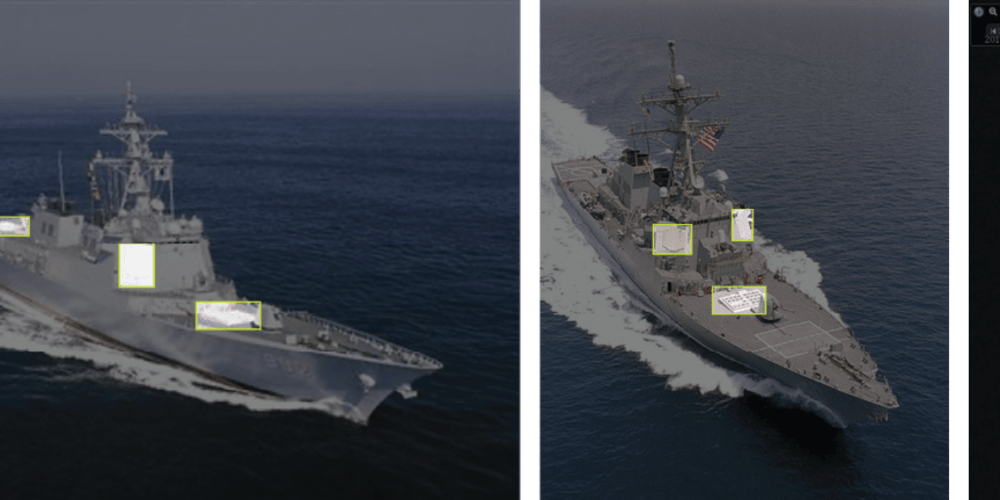Last week I bought a cheap HP ProBook x360 from a guy on Craigslist because I wanted a Linux laptop. I had planned to wipe out the entire drive and have it boot exclusively to Ubuntu Linux.
After making a bootable USB with Ubuntu 18.04 LTS, the installer got stuck at installing GRUB2. After hours of Googling, I wasn't able to find anyone who had successfully installed Linux on an HP ProBook x360. In fact, instead I found that the HP ProBook x360 11 is incompatible with GRUB.
I was bummed and had bricked my computer, but I kept poking at it until I finally got Ubuntu installed. This post shares how I did it. I've only tested this for Ubuntu 19.04 with a single boot, so your mileage may vary if you're trying to use a different distribution or dual boot.
Installing Ubuntu
You'll need to start by downloading the Ubuntu 19.04 image from the Ubuntu site and creating a bootable USB on Windows, macOS, Ubuntu or some other Linux distribution.
While your HP ProBook is turned off, plug the bootable USB drive in, turn the computer on and immediately start hitting the esc key as fast as you possibly can. If Windows loads, you need to shut your computer down and try again, slamming the escape key even faster.
You should now be in an options screen. Select "F9 Boot Options". This will take you to a screen where you can select from two different options titled "Windows Boot Manager". Select the second option, and if Windows loads, shut down the computer and try the first option.
If you only see one "Windows Boot Manager," you need to make sure your system can boot from USB. Go back to the main settings menu, select "F10 BIOS Setup" > "Advanced" > "Boot Options" > "USB Device Boot" and make sure it's enabled.
If you selected the correct Windows Boot Manager, the computer will hang on a black screen for an uncomfortably long time. Sit tight. After some time, a few options will appear on your screen. You want to select the first option, "Try Ubuntu without installing." If you don't do anything for a few seconds, it'll just load this option anyway, so don't panic if the screen goes blank while you're reading your options.
Once Ubuntu loads, there will be a link to install Ubuntu on your desktop. Launch the installer. Go through the options. On the "installation type" screen, select "Erase disk and install Ubuntu." Warning: this will delete everything on your hard drive. You might be able to dual boot by installing alongside Windows and following the rest of the instructions, but I haven't tried this so you may end up losing all of your data if you do this. Don't do anything like that without backups.
The installer will start, and it will fail when it tries to install GRUB2. This is totally fine and expected. At this point, it may force you to restart your computer. If it does, just boot Ubuntu without installing from the flash drive again. If not, just continue along.
Now we'll install Boot-Repair. Open terminal using ctrl alt t (or using the applications menu) and execute the following commands, pressing enter after each line:
sudo add-apt-repository ppa:yannubuntu/boot-repair
sudo apt-get update
sudo apt-get install -y boot-repair && boot-repair
When Boot-Repair pops up, hit the "recommended repair" option. Once that's finished, turn off your computer, pull the USB drive out and start it back up. The computer will load to GRUB boot loader. Either select "Ubuntu" or wait a few seconds and Ubuntu will load automatically. You should have a working Linux installation on your computer. Congratulations.
I hope this saves someone a lot of time. Let me know if this was helpful or if you have questions; I'm a Linux newbie but I'll do my best to answer!


















